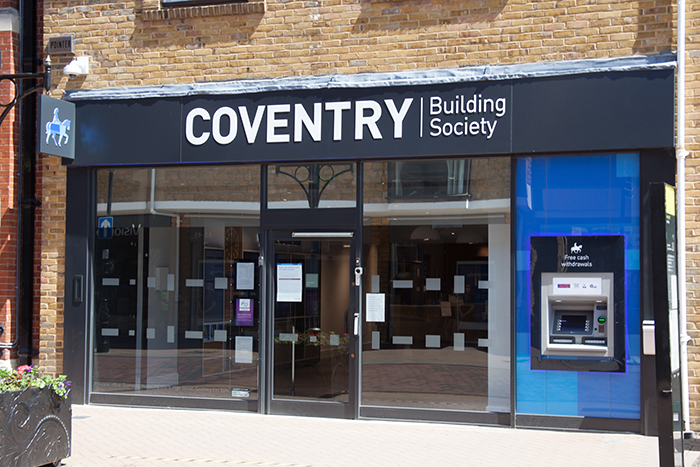
The Financial Conduct Authority’s (FCA) Consumer Duty represents a significant step change in the regulatory landscape, demanding more than simply compliance – it requires a proactive commitment to delivering consistently good outcomes for customers. Nowhere is this more critical than in the specialist and often misunderstood world of self and custom build mortgages.
Unlike conventional borrowers purchasing turnkey homes, self-build clients shoulder a unique set of financial, logistical, and project management risks. They’re not just buying a property, they’re orchestrating the construction of their future home. This introduces a crucial cashflow dependency: ensuring that funds are available when required, to pay contractors, purchase materials, and maintain progress on site.
For many, stage payment mortgages become the only viable funding route. However, the infrequency of self-build enquiries means that many brokers have limited hands-on experience in navigating this nuanced lending environment. As such, the risk of consumer harm, via product misalignment, cashflow shortfalls, or project failure, is starkly real.
Cashflow: The Crux of Compliance
The cornerstone of Consumer Duty is preventing foreseeable harm. Yet one of the most predictable threats in the self-build journey is a misalignment between available funds and payment milestones. Whether due to under-budgeting or inappropriate product selection, a shortfall at a critical stage can delay progress or worse, halt the build entirely, exposing both borrower and lender to substantial risk.
Build costs vary significantly based on construction method and build route. A brick-and-block schedule spreads costs more evenly, whereas offsite methods like timber frame demand significant capital early on – often before the structure is even erected. Likewise, the contractual nature of turnkey agreements introduces rigid payment schedules which, if missed, may constitute a breach of contract.
Against this backdrop, product selection must go far beyond LTV and headline rate. Brokers must ensure the mortgage product aligns precisely with the build’s cashflow demands. And yet, sourcing systems continue to bias toward price over practicality, encouraging a race to the bottom that puts consumer outcomes in jeopardy.
Valuation-Based vs. Cost-Based Lending: Understanding the Trade-offs
In broad terms, the self-build mortgage market splits into two approaches:
- Valuation-Based Mortgages release funds post-inspection, based on a valuer’s assessment of the part-built property. While viable for cash-rich borrowers with existing equity, this model introduces uncertainty. Early-stage expenditures, particularly in modern or offsite methods, often don’t immediately reflect in site value, increasing the risk of funding shortfalls.
- Cost-Based Mortgages, by contrast, offer pre-agreed stage payments aligned with the customer’s budgeted costs. Often with the option of advance funding, these products provide greater certainty and can deliver up to 95% of total project costs. For clients reliant on precise budgeting and timely disbursements, this structure can determine whether a build is feasible or doomed from the outset.
Networks and Lenders: Raising the Bar on Broker Support
Advisers operating as appointed representatives (ARs) depend heavily on their networks for compliance guidance and product governance. To meet Consumer Duty standards, networks must elevate their frameworks, ensuring that broker recommendations reflect not just affordability, but build viability and risk mitigation. This includes comprehensive training, due diligence tools, and access to specialist support where required.
A Duty to Build Responsibly
As the industry continues to embed the principles of Consumer Duty, self-build finance stands out as a sector where traditional metrics fall short. For brokers, lenders, and networks alike, embracing a more comprehensive, client-centred approach isn’t just advisable, it’s imperative.
In self-build, good advice isn’t just about rates and fees. It’s about foundations – financial and structural. And getting them right is what turns a blueprint into a home.
Chris Martin is director of operations at Buildloan



